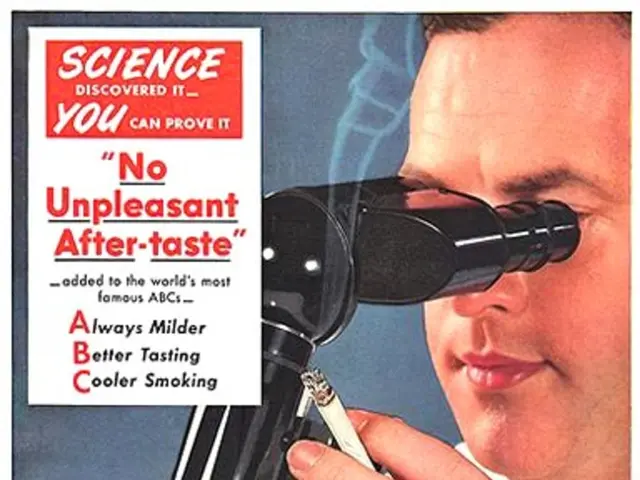Girls in Rhineland-Palatinate Lead in Orthodontic Treatments, Study Shows
New findings from Barmer, a health insurance company, reveal that females in Rhineland-Palatinate undergo orthodontic treatments more frequently than their male counterparts. Out of 2,600 kids aged 8-17, 60.1% of girls received orthodontic care, compared to 49.4% of boys. This trend was analyzed in the "Dental Report," where Barmer reviewed billing details from approximately 53,000 eight-year-olds born in 2005, covering a decade from 2013 to 2022.
While Dunja Kleis, the regional manager, proposed potential reasons for this disparity, including societal beauty standards and overly protective parenting, Barmer's study failed to uncover a medical basis supporting the need for more treatments among girls. The orthodontic treatment rates varied within Rhineland-Palatinate, with a 54.8% overall treatment rate. Mainz had the highest treatment rate at 59.5%, while the Trier-Saarburg district recorded the lowest rate of 49.4%.
Factors to Consider
Investigating reasons for the gender disparity in orthodontic treatments requires an examination of various factors. While the Barmer study disclosed neither specific data nor reasons, general insights from related studies and medical literature provide possible explanations:
- Cultural and Social Factors
- Beauty Standards: High societal standards for perfection can encourage parents to seek orthodontic care more frequently for girls to enhance appearance.
- Parental Influence: Parents might feel pressured to ensure their daughters meet these beauty standards, which could lead to elevated orthodontic treatment rates.
- Healthcare Access and Utilization
- Healthcare System: Differences in how healthcare providers approach or recommend orthodontic treatments between genders can influence treatment rates.
- Genetic and Biological Factors
- Genetic Predisposition: Certain genetic conditions, such as cleft palate, might impact girls more frequently than boys.
- Behavioral Factors
- Diet and Lifestyle: Differences in diet and lifestyle between girls and boys could influence the development of orthodontic issues.
- Medical Basis for Gender Disparity
- Hormonal Influences: Hormonal fluctuations during puberty may impact jaw alignment and tooth development differently between boys and girls, potentially influencing orthodontic treatment needs.
- Research Findings
- Specific studies like Barmer's would likely provide valuable insights, including the prevalence of orthodontic issues and treatment rates by gender, and the role of various factors in any observed disparities.
The Barmer study provides a unique perspective on gender disparities in orthodontic treatment rates, but further research would be beneficial to gain a more comprehensive understanding of the underlying causes.







